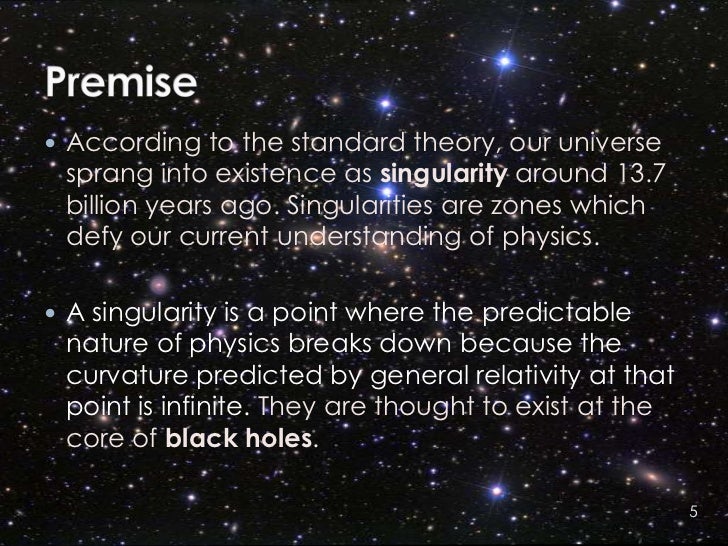Big Bang Physics
The Big Bang explains the origins of the universe, at least up to a point. Nederlands Taalpakket Voor Windows 7 En here. Find out what the theory does and does not explain about our universe. The Physics of the Universe - The Big Bang and the Big Crunch.
Lbp 2900 Driver Windows 7. If a new theory turns out to be true, the universe may not have started with a bang. In the new formulation, the universe was never a singularity, or an infinitely small and infinitely dense point of matter. In fact, the universe may have no beginning at all. 'Our theory suggests that the age of the universe could be infinite,' said study co-author Saurya Das, a theoretical physicist at the University of Lethbridge in Alberta, Canada. The new concept could also explain what dark matter — the mysterious, invisible substance that makes up most of the matter in the universe — is actually made of, Das added. [] Big Bang under fire According to the, the universe was born about 13.8 billion years ago.


All the matter that exists today was once squished into an infinitely dense, infinitely tiny, ultra-hot point called a singularity. This tiny fireball then exploded and gave rise to the early universe. The singularity comes out of the math of, which describes how mass warps space-time, and another equation (called Raychaudhuri's equation) that predicts whether the trajectory of something will converge or diverge over time. Going backward in time, according to these equations, all matter in the universe was once in a single point — the Big Bang singularity. But that's not quite true. In Einstein's formulation, the laws of physics actually break before the singularity is reached. Counter-strike 1.6 Steam Installer on this page. But scientists extrapolate backward as if the physics equations still hold, said Robert Brandenberger, a theoretical cosmologist at McGill University in Montreal, who was not involved in the study.
'So when we say that the universe begins with a big bang, we really have no right to say that,' Brandenberger told Live Science. There are other problems brewing in physics — namely, that the two most dominant theories, quantum mechanics and general relativity, can't be reconciled. Says that the behavior of tiny subatomic particles is fundamentally uncertain. This is at odds with Einstein's general relativity, which is deterministic, meaning that once all the natural laws are known, the future is completely predetermined by the past, Das said. And neither theory explains what, an invisible form of matter that exerts a gravitational pull on ordinary matter but cannot be detected by most telescopes, is made of.
Quantum correction Das and his colleagues wanted a way to resolve at least some of these problems. To do so, they looked at an older way of visualizing quantum mechanics, called Bohmian mechanics. In it, a hidden variable governs the bizarre behavior of subatomic particles. Unlike other formulations of quantum mechanics, it provides a way to calculate the trajectory of a particle. Using this old-fashioned form of quantum theory, the researchers calculated a small correction term that could be included in Einstein's theory of general relativity. Then, they figured out what would happen in deep time.